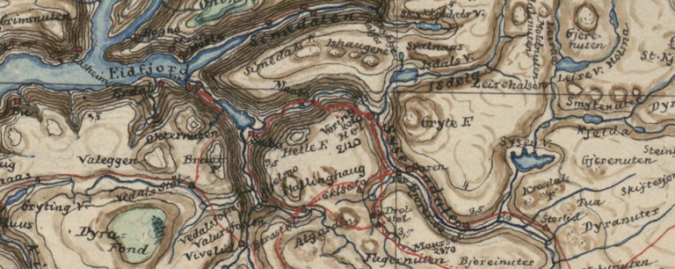Recreational uses of outdoor natural environments have become a fundamental part of Scandinavian national identities since the late 1800s. Through leisure activities like trekking and hunting, people gain access to particular ways of knowing and valuing nature, developed over time as cultural traditions. More than anything else, such activities have come to define what a natural landscape should look like and how it should be valued. This project seeks to understand what happens when new and pervasive digital technologies become part of this relationship with nature. Today, digital devices have become an integral part of many ways of using nature for leisure purposes. For instance, hunters and trekkers alike use GPS units and digital maps for planning, navigating, and sensing landscapes. Cell phones enable instant communication across distance, but also provides extensive information search and documentation opportunities through a variety of specialized apps. Digital photography allows for instant and virtually unlimited capture of scenic views and moments in nature. Such uses of what we can label media technologies can be seen either as augmenting the use of nature (by providing access to otherwise hard-to-acquire information) or as reducing environmental literacy and spatial cognition capabilities by taking away the need to “read” the landscape in traditional ways. This creates a need for extensive cultural negotiations with and about new technologies and their place in nature. The goal of the project is to uncover the ways in which media technologies have shaped recreational uses of nature in Scandinavia since the late 1800s. The project will pay particular attention to digital media technologies post-2000, but will apply a comparative historical perspective to place these technologies in a longer historical context. Such a long time perspective is necessary in order to properly evaluate claims about fundamental changes caused by new media technologies in contemporary Scandinavia. The project will investigate three main research questions: How have historical and current media technologies been incorporated into in…
Project funded by Formas, The Swedish Research Council for Environment, Agricultural Sciences and Spatial Planning, 2017-2020.
